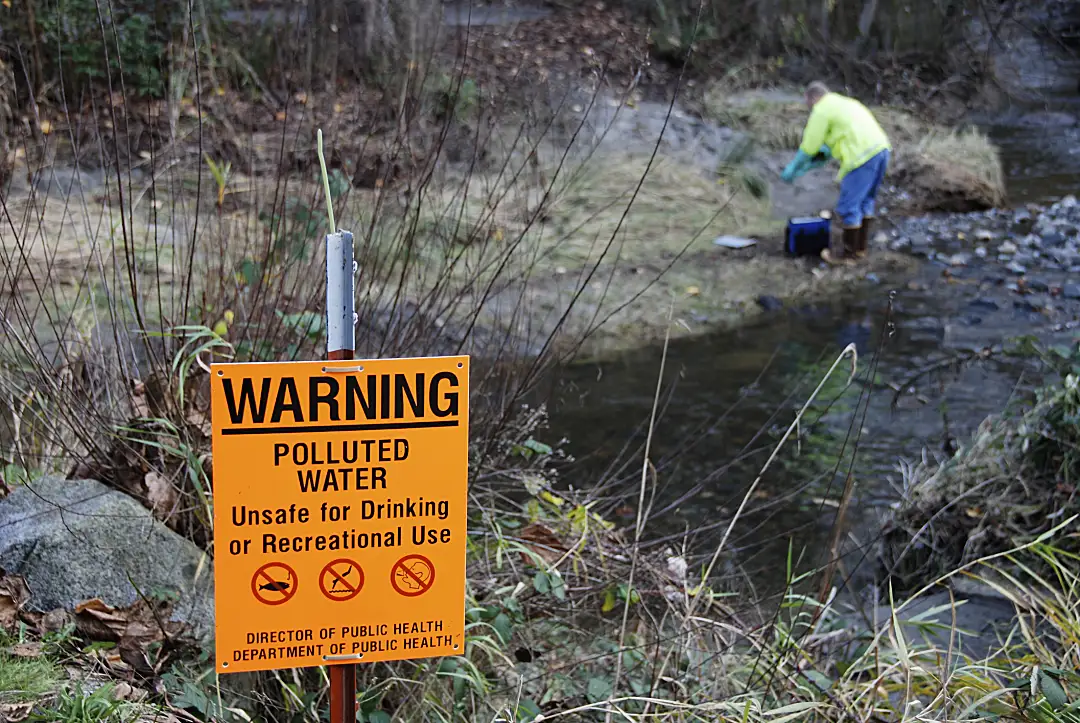
We’re taught from an early age not to put certain things in our mouths. Substances that are deemed too dirty, a choking hazard, or knowingly toxic.
But what about products with a certain class of chemicals that aren’t widely known or understood?
Per- and polyfluoroalkyl substances (PFAS) are a class of synthetic chemicals found in a variety of products due to their many functional uses. The durability and widespread use of these chemicals over time has resulted in their accumulation throughout the environment. PFAS has been detected in our air, water, soils, household products, and food.
PFAS is a concern because of linkages to health outcomes, including but not limited to:
- Cancer
- Impaired growth and development
- Hormone imbalances
- Immune system dysfunction
Recent government actions in response to these findings reflect the level of concern for human health due to exposure to the chemicals. For example, the U.S. Environmental Protection Agency (EPA) set maximum contaminant levels (MCLs) in drinking water for PFOA and PFOS of 0.04 ng/L—levels that are drastically lower than many other carbon-based contaminants.
Included in these regulations are an unenforceable contaminant level goal of 0 ng/L, given increasing research showing health effects at miniscule levels. Nevertheless, meeting the new MCLs or a goal of zero PFAS will be challenging due to the nature of the chemicals and their ubiquity and existing treatment technologies.
Recent studies, including EPA’s fifth round of Unregulated Contaminant Monitoring Rule (UCMR5), have found 30 PFAS in water sources across the country. Many of those sources contain PFOA and PFOS above the proposed limits. Another recent study by the United States Geological Survey projected PFAS in half of U.S. drinking water sources.
Where is it coming from?
There are several factors to consider when it comes to the presence of PFAS in drinking water.
Namely, it is the result of the formation, discharge, use, and disposal into the environment. That starts with chemical manufacturing and production, along with associated discharges, followed by additional contamination during product use, wastewater treatment, or septic drainage.
From a consumer standpoint, there are also some common sources of PFAS contamination. These include seemingly innocuous everyday items such as:
- Clothing and textiles, particularly outdoor gear and apparel
- Cosmetics like mascara and lipstick
- Cooking supplies, most notably non-stick pans
- Fast food wrappers and popcorn bags
- Plastics and other stain-resistant materials
While most of these examples intentionally include PFAS, other products unintentionally include PFAS because the substances make the production process more efficient. Some less common sources of PFAS include aqueous film forming foams (AFFF), pesticides, and pharmaceutical products and medical devices.
Out of sight, out of mind
Since PFAS are used in such a staggering variety of products, it is understandable that the substances are frequently found in our environment now.
After we use products containing PFAS, we often throw the products away, put them in recycling, or rinse them down the sink, washer, or shower. Products that make it to the landfill or septic tanks can leach PFAS into soil and groundwater. Products that go down the drain to a municipal wastewater treatment plant can accumulate PFAS in “biosolids,” which are used on farm fields for fertilizer. However, they can contaminate nearby surface water bodies in addition to the farm field.
When we put drugs, cosmetics, and similar consumer products down the drain, they end up in our environment in various ways that can contaminate the water we drink, the air we breathe, the food we eat, and the soil and waters we play in.
In addition to residential, agricultural, commercial, and industrial use of PFAS, military bases and other areas where firefighter training takes place contribute to contamination when PFAS containing AFFFs are used, and those substances run into nearby water bodies.
It’s not just about soil and water contamination, either.
PFAS can also be released into the air from waste treatment emissions, industrial production operations, and even aerosolized household products. After the PFAS are released into the air, they are free to be re-deposited in the soil and water. This area of research is particularly early, and researchers and regulators are working to understand how it may impact human health or the environment.
The products we use and how we dispose of them play a role in the threat these substances pose. To protect our health along with the wellbeing of future generations, having a greater understanding of these risks is an important first step.
The first, really, in a broader effort involving industry and government to ensure that safer alternatives are found, and that PFAS are phased out over time.